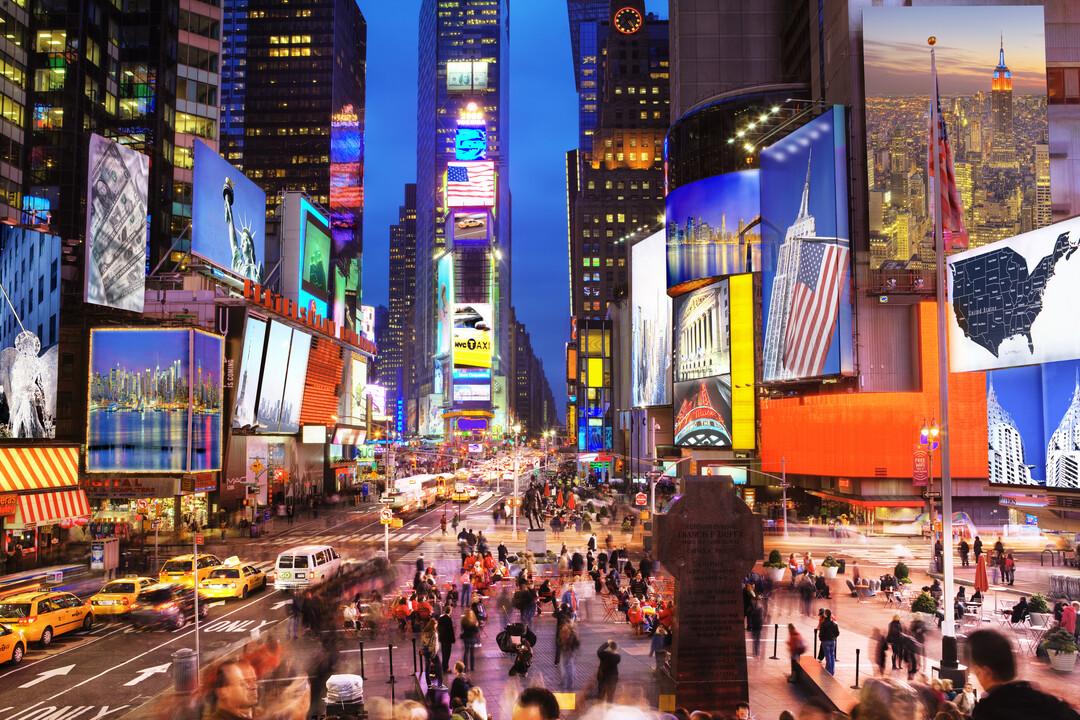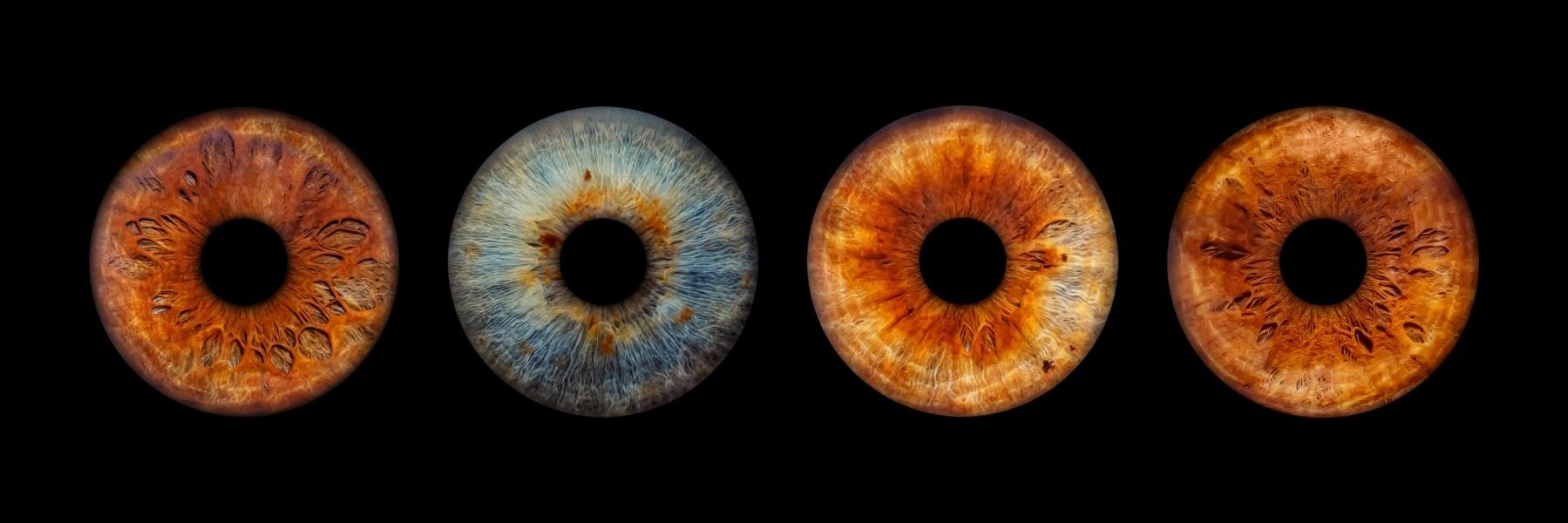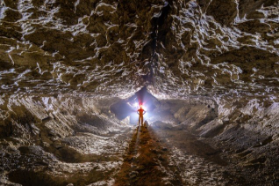Cold but clear. We arrived early, for the March On, uncertain which side to support, a family divided. Liv entered the stadium first, lost amidst West Point’s Corp of 4,500 Cadets, in tight formation, company by company, filling the field at Lincoln Financial Stadium. Jackson marched in second, one of the Naval Academy’s Brigade of 4,500 Midshipmen. The game wouldn’t start for hours still. The paratroopers, the attack helicopters and fighter jet flyovers would come later. The March On is the quiet tradition. The military Chaplain prayed for national unity, the importance of fighting to win, but never losing sight of the fact we are ultimately on the same team. We all joined; heads lowered. The game was unremarkable until the very end. The first overtime in the 123-year history of the Army-Navy football rivalry. And then an utterly extraordinary finish. Army won 20-17.
We’ve turned Army/Navy into a national holiday for our family. So, in observance, I dusted off an old anecdote about betting against crowds, published in Jan 2018, shortly before the VIX market blew up (See below). Back next Sunday with full wknd notes.
Marcel Kasumovich, Deputy CIO of One River Digital, published a strong piece on the importance of regulatory clarity for digital asset markets. To read it, [click here].
Week-in-Review (expressed in YoY terms): Mon: OPEC+ left output steady (as exp), G7 agree to $60 price cap on Russian oil, further reduction in China’s covid restrictions / Shanghai scraps testing requirement, Ito (candidate to replace Kuroda as BOJ gov) says may achieve infl target in 2023, Ramaphosa / ANC will challenge advisory panel’s report that there may be grounds for impeachment, ECB’s Makhlouf says should hike 50bp, Riksbank mins show disagreement on path forward, BoE’s Dhingra says terminal rate should be below 4.5%, Ukraine strikes airfields inside Russia, China Caixin serv PMI 46.7 (48e) / comp 47 (48.3p), Singapore ret sales 10.4% as exp, Turkey CPI 84.39% (84.8%e) / Core CPI 68.91% (70.8%e) / PPI 136.02% (157.69%p), EU investor conf -21 (-27.5e), EU ret sales -2.7% (-2.6%e), US serv PMI 46.2 (46.1e) / comp 46.4 (46.3e), US factory orders 1% MoM (0.7%e), US ISM serv 56.5 (53.5e), S&P -1.8%; Tue: RBA hikes 25bp (as exp), Oil tankers blocked near turkey given G7 sanctions, Russia considering oil price floor, S. Africa delayed vote to investigate Pres Ramaphosa to Dec 13th, ECB’s Lane “confident likely near inflation peak”, a third Russian airfield came under drone attack – deepest hit into Russian territory since war began / Russian bank VTB hit by large cyber-attack, Warnock wins Senate runoff – gives Dems 51 seats, BoJ’s Kuroda denies possibility of a reassessment of the monetary policy framework (which has received increased air time recently from other board members), Japan household spending 1.2% (0.9%e), Philippines CPI 8% (7.8%e), Germany factory orders -3.2% (-4.8%e), Taiwan CPI 2.35% (2.5%e) / Core CPI 2.86% (2.75%e), S. Africa 3Q GDP 4.1% (2.8%e), US trade bal -78.2b (-80b exp), S&P -1.4%; Wed: BoC hike 50bp (32bp was priced) but softens forward guidance, India CB hiked 35bp as exp (hawkish tilt), BCB holds rate unch as exp, Putin says risk of nuclear war in the world is rising / war could be a lengthy process, China continues covid rules relaxation by allowing quarantine to be done at home in some instances, ECB’s Kazimir doesn’t want to downshift because of one CPI print, Peru’s Castillo attempts to dissolve congress prior to being impeached, Peru CB hiked 25bp as exp, BoJ’s Nakamura explains why continued easing is required, Germany foils a suspected coup attempt by 25 members of far right AfD party, Australia 3Q GDP 5.9% (6.3%e), China trd bal 69.84b (78.05b exp) / expts -8.7% (-3.9%e) / impts -10.6% (-7.1%e), Japan leading index 99 (98.3e), Swiss unemp 25 (2.1%e), Germany IP 0% (-0.7%e), Norway IP 3.5% (0.9%p), EU final 3Q GDP 2.3% (2.1%e), US unit labor costs 2.45 (3.1%e), US cons credit 27.078b (28b exp), S&P -0.2%; Thur: US Russia conduct prisoner exchange – Britany Griner for Viktour Bout, China’s Li Keqiang says growth should keep picking up on covid policy changes, Macau loosens visitor restrictions, BoC’s Kozicki says will be data-dependent and hike if needed, Netherlands plans new export control on chipmaking equipment to China, Riksbank's Floden says SEK weakness is neither logical nor helpful, Keystone pipeline closes due a leak, Japan 3Q final GDP -0.8% (-1%e), Hungary CPI 22.5% (22%e), Mexico CPI 7.8% (7.94%e) / Core CPI 8.51% (8.58%e), US init claims 230k as exp, S&P +0.8%; Fri: Euro area banks returned 447.5b TLTRO loans – much greater than 333b exp, Putin says no plans for further mobilization in Russia, US rumored to be preparing fresh sanctions for Russia and China re human rights abuses, WTO says Trump violated trade rules when he imposed steel and aluminum tariffs due to national security, China CPI 1.6% as exp / PPI -1.3% (-1.5%e), Norway CPI 6.5% (7%e) / Core CPI 5.7% (6%e), Brazil IPCA infl 5.9% (6.03%e), US PPI 7.4% (7.2%e) / Core PPI 6.2% (5.9%e), US wholesale inv 0.5% MoM (0.8%e), US UofM 59.1 (57e) / 1y infl exp 4.6% (4.9%e) / 5-10y infl exp 3% as exp, Russia CPI 11.98% (12.1%e) / Core CPI 15.06% (16.16%p), S&P -0.7%.
Weekly Close: S&P 500 -3.4% and VIX +3.77 at +22.83. Nikkei +0.4%, Shanghai +1.6%, Euro Stoxx -0.9%, Bovespa -3.9%, MSCI World -2.3%, and MSCI Emerging -0.5%. USD rose +1.9% vs Mexico, +1.7% vs Yen, +1.3% vs Canada, +1.2% vs India, +1.0% vs Indonesia, +1.0% vs Russia, +0.5% vs Brazil, +0.5% vs Ethereum, +0.2% vs Sterling, +0.1% vs Turkey, and flat vs Sweden. USD fell -2.5% vs Chile, -1.3% vs China, -1.3% vs Bitcoin, -0.9% vs South Africa, -0.1% vs Australia, and flat vs Euro. Gold +0.1%, Silver +2.0%, Oil -11.2%, Copper +0.7%, Iron Ore +6.7%, Corn -0.3%. 5y5y inflation swaps (EU +3bps at 2.41%, US -8bps at 2.52%, and UK -13bps at 3.30%). 2yr Notes +7bps at 4.35% and 10yr Notes +9bps at 3.58%.
Manufacturing PMI (high-to-low): India 55.7 (previous month 55.3), Hungary 54.7 (previous mth 56.4), Switzerland 53.9 (previous 54.9), Russia 53.2/50.7, Norway 51.2/52.93, Mexico 50.6/50.3, South Africa 50.6/49.5, Indonesia 50.3/51.8, Singapore 49.8/49.7, Canada 49.6/48.8, China 49.4/49.2, US 49/50.2, South Korea 49/48.2, Japan 49/50.7, Hong Kong 48.7/49.3, Italy 48.4/46.5, Greece 48.4/48.1, France 48.3/47.2, Vietnam 47.4/50.6, Austria 46.6/46.6, UK 46.5/46.2, Germany 46.2/45.1, Netherlands 46/47.9, Sweden 45.8/46.6, Spain 45.7/44.7, Turkey 45.7/46.4, Brazil 44.3/50.8, Poland 43.4/42, Czech Republic 41.6/41.7, Taiwan 41.6/41.5. Services PMI: India 56.4/55.1, Sweden 54.3/56.6, Brazil 51.6/54, Spain 51.2/49.7, Ireland 50.8/53.2, Japan 50.3/53.2, Italy 49.5/46.4, France 49.3/51.7, UK 48.8/48.8, Russia 48.3/43.7, China 46.7/48.4, US 46.2/47.8, Germany 46.1/46.5, Australia 45.6/47.7.
YTD Equity Indexes (high-to-low): Turkey +91.2% priced in US dollars (+169.4% priced in lira), Argentina +24% priced in US dollars (+105% priced in pesos), UAE +20.8% priced in dollars (+20.8% in dirham), Chile +19.4% in dollars (+20.5% in pesos), Venezuela +13% (+178.1%), Brazil +8.6% (+2.6%), Singapore +3.6% (+3.9%), Portugal -1.9% (+5.9%), Mexico -2% (-5.3%), India -3.7% (+6.6%), Greece -5% (+2.5%), Thailand -5.9% (-2.1%), South Africa -6.4% (+1.9%), Indonesia -6.5% (+2%), UK -8.1% (+1.2%), Denmark -8.2% (-1.5%), Saudi Arabia -9.3% (-9.2%), Norway -9.4% (+2.6%), Australia -9.4% (-3.1%), Malaysia -11% (-5.8%), Spain -11.3% (-4.9%), Canada -12.7% (-6%), France -13.5% (-6.6%), HK -14.8% (-14.9%), Euro Stoxx 50 -15.1% (-8.3%), Germany -15.7% (-9.5%), Philippines -15.8% (-7.6%), Switzerland -15.8% (-14%), Netherlands -15.9% (-9.2%), New Zealand -16.6% (-11%), Italy -17.3% (-11.2%), MSCI World -17.4% priced in dollars, S&P 500 -17.5%, Israel -17.7% (-9.3%), Japan -18.2% (-3.1%), Finland -19.4% (-13.5%), China -19.5% (-11.9%), Russell -20%, Belgium -20% (-13.7%), Ireland -20.5% (-14.1%), Czech Republic -21.6% (-17.7%), Sweden -23.2% (-12.5%), Austria -23.6% (-18%), Colombia -25.8% (-12.4%), Poland -26.5% (-19.4%), Korea -26.6% (-19.8%), Taiwan -27.1% (-19.3%), Hungary -28.5% (-12.9%), NASDAQ -29.7%, Russia -31.4% (-42.5%).
Anecdote (Jan 2018): Hate crowds. Love fresh air. Long runs, sunshine, storms, horizons. Solitude. Altitude. So when we moved the firm from California’s mountains to Connecticut’s flats I promised to avoid tight spaces, low ceilings, rush hours. “How many people are here tonight?” I asked the maître d’, entering the private dining room. “Twenty-three at last count,” he answered to my horror. “Terrific, vodka tonic, three limes, keep ’em coming.” One of my favorite Too-Big-To-Fail economists was hosting the idea dinner, I’d said yes. Discussion started with a review. The US economy grew 3% in 2017, finishing the year closer to 5%. Boom. The $1.5trln tax cut ensures a storming 2018; twenty-two heads nodded in harmony. I admitted to having no idea but accepted they’re probably right. Which I’m proud to say reflects maturity. You see, in my early years, if twenty-two people said boom, I said bust. They said bear, I said bull. Mechanistically, blindly. That lonely, painful approach works periodically, sometimes spectacularly. But with experience comes an appreciation for subtlety. I came to realize the crowd is usually right, particularly about things that don’t matter (like the economy and its connection to financial asset prices). The two are correlated, either positively or negatively, often counterintuitively, erratically. Identifying which direction this correlation runs is an art, not a science. Generally, when economies look worst, financial assets are great investments. When economies look best, they’re bad. Plus, markets lead economies, just not always. And it’s so perplexing that scientists resort to forecasting something concrete, like GDP, and cling to it, pretending it matters. Anyhow, all twenty-two people were unabashedly bullish on the S&P 500. They expected a 2018 melt-up, fueled by fresh buying, as other people ascend the wall of worry built 10yrs ago. And they’re probably right, but I just kind of wondered who all those other people are.
Good luck out there,
Eric Peters
Chief Investment Officer
One River Asset Management
Disclaimer: All characters and events contained herein are entirely fictional. Even those things that appear based on real people and actual events are products of the author’s imagination. Any similarity is merely coincidental. The numbers are unreliable. The statistics too. Consequently, this message does not contain any investment recommendation, advice, or solicitation of any sort for any product, fund or service. The views expressed are strictly those of the author, even if often times they are not actually views held by the author, or directly contradict those views genuinely held by the author. And the views may certainly differ from those of any firm or person that the author may advise, converse with, or otherwise be associated with. Lastly, any inappropriate language, innuendo or dark humor contained herein is not specifically intended to offend the reader. And besides, nothing could possibly be more offensive than the real-life actions of the inept policy makers, corrupt elected leaders and short, paranoid dictators who infest our little planet. Yet we suffer their indignities every day. Oh yeah, past performance is not indicative of future returns.





